
Behind Jan Hird Pokorný
He died in New York on May 20, 2008, at the age of 94, which he did not live to see.
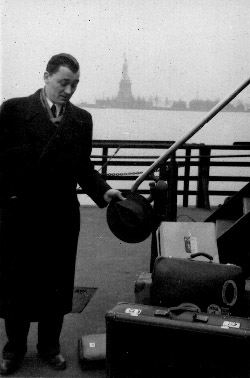 |
| Arrival in New York on February 6, 1940 |
And it was truly an impressive body of work - in terms of scale, diversity, and the awards he received for it. After a single pre-war realization in our country (the Sykovec Hotel in the Highlands) and after a shortened repetition of studies in New York, he began his own designing in the 1940s. His first buildings were a factory and then his own house on 51st Street, where he had his studio and lived until his death. Among his later new buildings, the most notable were the university campuses in Hackettstown, Stony Brook, and the Bronx, featuring remarkable standalone buildings such as libraries, student clubs, and concert halls. Of course, the style of his work evolved over the years - from light glass constructions of the 1950s to more sculptural forms influenced by brutalism. However, they were always elegant forms, with vibrant interiors flooded with light, and in the case of the concert hall in the Bronx, with acoustics praised by the New York Philharmonic. In the 1970s, at an age when others consider retirement, he began a second phase of his work, connected with the reconstruction of historical buildings and important roles in the Arts Commission and later the Landmark Commission of New York.
 |
| In the garden of his house, around 2003 |
Professor Pokorný's vitality was incredible. I remember our first meeting in New York in 1996 when I accompanied him to the Czech National House, which he was partially renovating at the time. He nimbly climbed the scaffolding to check the state of the crown cornice but wouldn't let me up for fear I might fall since I wasn’t insured. With the same vitality, he could recall details of his studies with Antonín Engel in Prague, friendly chats with Greta Garbo in Manhattan, friendships with another famous Czech exile Antonín Raymond, work at the SOM studio, and meetings with Eliel Saarinen, Le Corbusier, and other legendary figures. He himself ultimately became a legend, especially in preservation circles, as only prominent figures like Jan H. Pokorný can chair a board of experts deciding the fate of New York's landmarks.
Petr Kratochvíl
The English translation is powered by AI tool. Switch to Czech to view the original text source.
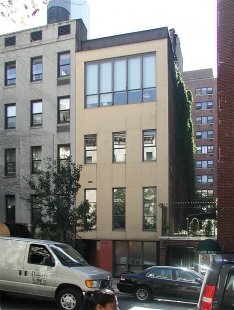
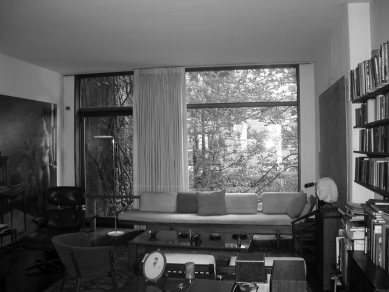
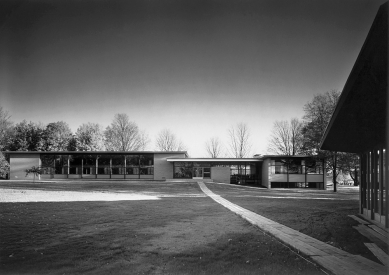
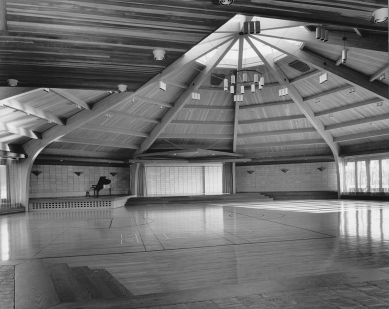
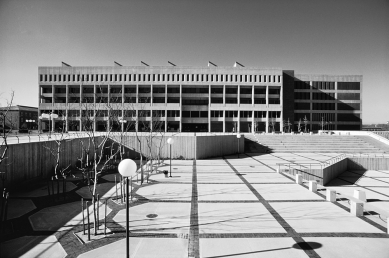
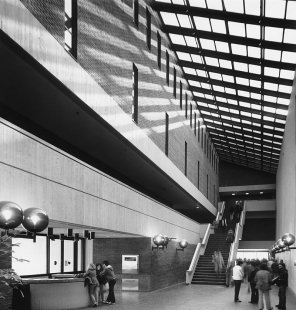
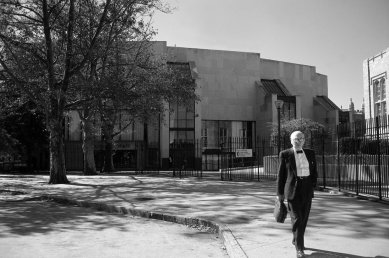
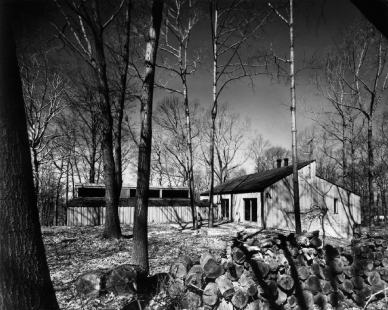
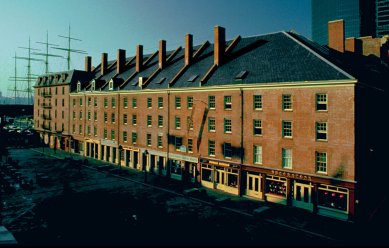
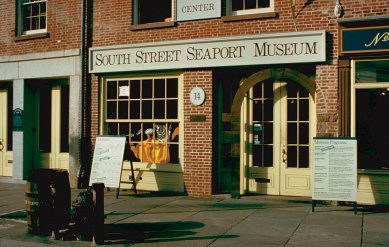

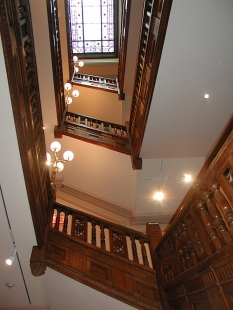
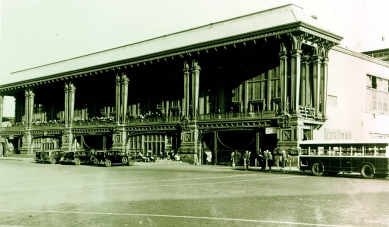
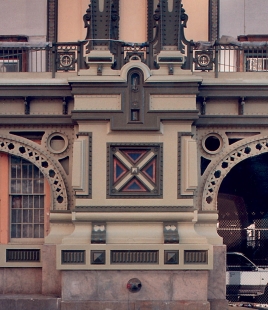
2 comments
add comment
Subject
Author
Date
díky
Milan
31.05.08 07:33
JH Pokorny
Jan Charvat
26.11.18 10:22
show all comments










